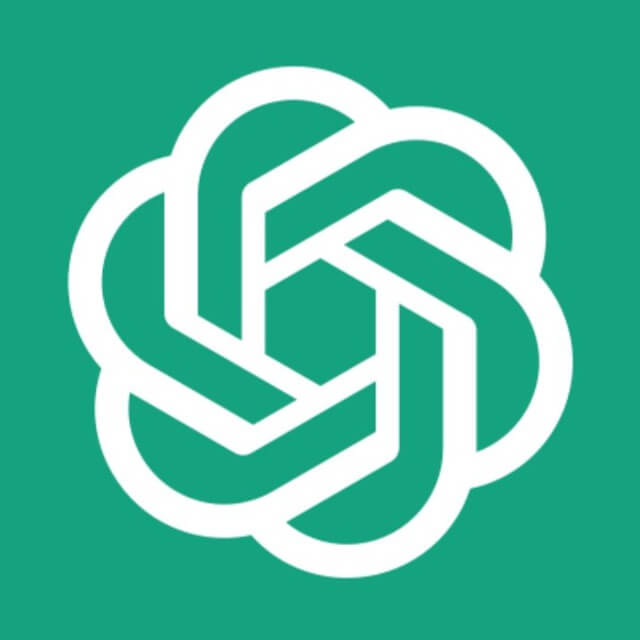Price Data
Analysis
Trade
Market Cap
All-Time High
All-Time Low
Fully Diluted Valuation
Circulating Supply
Total Supply
Max Supply
Categories
What is Osmosis?
Osmosis is a blockchain built on Layer-1 and utilizes the Proof-of-Stake (PoS) consensus mechanism. It is developed using the Cosmos SDK and specifically designed to serve as a platform for automated market makers (AMMs). By leveraging Osmosis' various modules and taking advantage of its on-chain governance system, developers can create and deploy customized AMMs.
The native token of Osmosis, called OSMO, grants holders the ability to vote on proposed changes to the network and receive rewards for contributing to its security. The first application on Osmosis, also named Osmosis, is an AMM that allows trading between the initial base pairs of ATOM and OSMO.
Recent Video Interview
Main points of the interview:
- Osmosis platform and ecosystem, including Osmo 2.0.
- Confirm users can short the Osmo token and that Osmosis is still an app chain.
- Osmosis’s goal to be the "Robin Hood of crypto" by improving user experience and onboarding.
- Changes and innovations on the platform, including protocol revenues and the importance of LP tokens.
How Does Osmosis Differ From Others?
As a decentralized exchange (DEX) on an appchain, Osmosis has more control over the entire blockchain stack compared to DEXs that operate on a parent chain and are bound by its code. This level of control has facilitated the development of Superfluid Staking, an enhancement to the security of the Proof-of-Stake consensus mechanism. With Superfluid Staking, the OSMO tokens held in a liquidity provider (LP) position contribute to the security of the Osmosis chain and earn staking rewards in the process.
Additionally, the flexibility of appchains allows the implementation of a transaction mempool with threshold encryption, effectively reducing the negative impact of Miner Extractable Value (MEV) on Osmosis.
Osmosis has a broader vision of establishing a native cross-chain DEX and trading suite that connects various chains through the Inter-Blockchain Communication (IBC) protocol, including Ethereum and Bitcoin. To realize comprehensive trading functionalities, Osmosis has welcomed external developers to create a tailored DEX ecosystem encompassing lending, credit, margin trading, fiat on-ramps, Defi strategy vaults, NFTs, stablecoins, and more. This ecosystem aims to provide all the features offered by centralized exchanges and beyond, while maintaining the trust-minimization characteristic of decentralized finance.
3 Important Features of Osmosis
Osmosis, on the other hand, provides tools that enable market participants to identify opportunities and adjust parameters accordingly. This allows for autonomous experimentation and iteration, aiming to find an optimal balance between fee and liquidity. By expanding the customizability of liquidity pools, Osmosis opens up new possibilities for experimental use-cases beyond simple token swaps.
Osmosis also features self-governing liquidity pools. The governance mechanism allows for a diverse range of pools with varying risk tolerances and strategies to exist and evolve. Liquidity pool shares not only determine ownership but also grant participants the right to participate in strategic decision-making. Long-term commitment is incentivized through locked shares, which provide additional voting power and liquidity mining rewards. This ensures that liquidity providers with higher stakes have a proportional say in steering the pool's strategic direction.
In the event of disagreements, Osmosis allows dissenting participants to withdraw their assets without significant capital loss. If there is a substantial difference in opinion, dissenting parties can even create their own rival liquidity pool with their preferred methodology. Osmosis encourages market self-discovery and aims to let the ideal value of each adjustable parameter emerge naturally.
Osmosis Team Background
Osmosis was initiated by the team members of two key Cosmos projects: Sunny Aggarwal and Dev Ojha from Sikka validator and Tendermint, and Josh Lee and Tony Yun from Keplr, the Interchain Wallet.
Among the investors in Osmosis is Paradigm, a digital asset investment firm that holds stakes in numerous other blockchains and protocols, including Uniswap, Maker, and Coinbase, just to mention a few.
Osmosis Project Development
The most recent development from Osmosis is the successful integration of Pyth's low-latency pull oracles, which serves as the Interchain Liquidity Layer of the Cosmos. This integration represents a significant milestone for both the Osmosis community and the wider Cosmos DeFi ecosystem.
Following a governance proposal that received overwhelming support from the community, with 86.4% in favor, the Pyth smart contract has been deployed on Osmosis. This integration empowers builders on Osmosis to utilize over 200 price feeds covering equities, commodities, foreign exchange pairs, and digital assets. By unlocking access to previously inaccessible financial market data, this integration creates new opportunities for builders and fosters further growth within our ecosystem.
Osmosis Price Analysis
As of April 9 2025 Osmosis has a marketcap of $213,251,481.00. This is {{percentagefromath}} from its all time high of $11.25. In terms of its tokenomics, there's a total supply of 997,433,070.198 with 71.93% currently outstanding. Keep in mind Osmosis has a fully diluted value of $296,482,988.00 which many investors might interpret as overvalued.
Of course, don’t trust price predictions alone, always check the Coinrotator token screener to follow the trending market.

OSMO Markets
| Exchange | Pair | 24h volume |
|---|---|---|
No data | ||